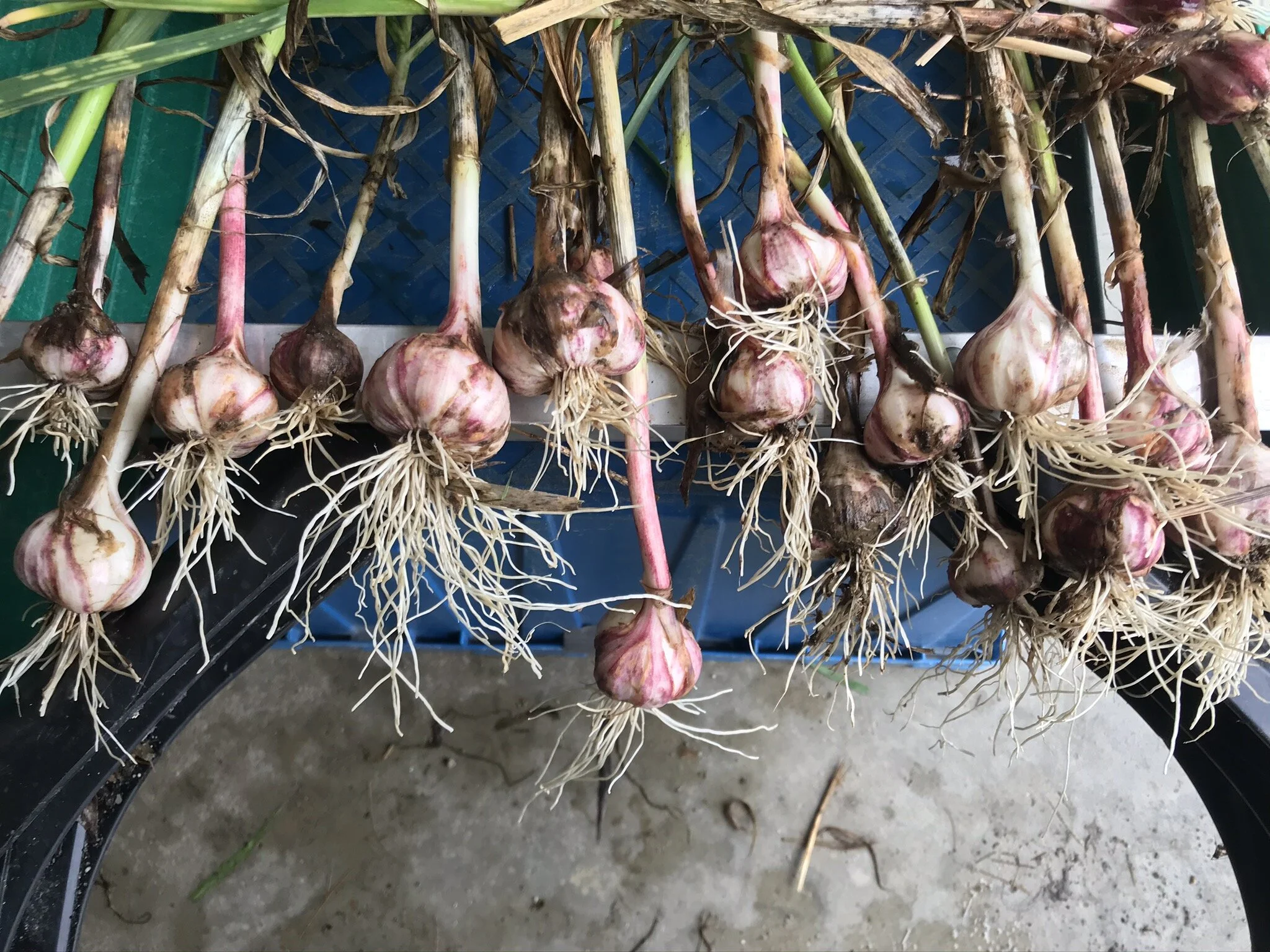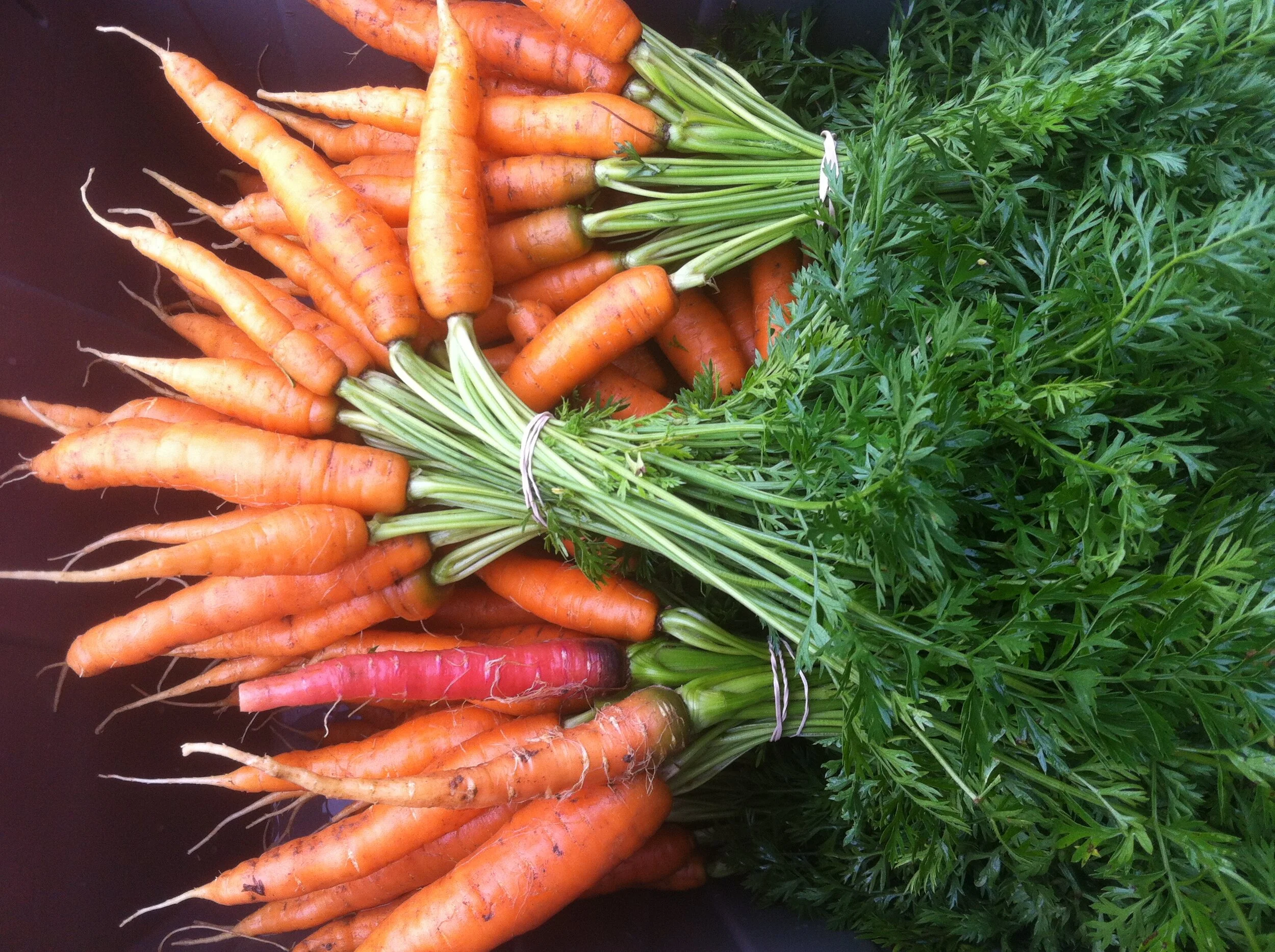A multi-year collaboration between the University of Maine Agroecology Lab and University of Vermont Extension has led to a new publication titled “Effects of irrigation scheduling approaches on soil moisture and vegetable production in the Northeastern U.S.A.”, published in Agricultural Water Managment. The research reported upon in this manuscript includes a survey, several focus groups, and three years of field trials in two states. The goal of the research was to better understand when and how diversified vegetable producers in the Northeast can use different soil-water assessment approaches to “dial in” irrigation practices.
In brief, we compared several standard practices that farmers often use to schedule irrigation in diversified vegetable production: feeling the soil, using soil-water assessment technologies (granular matrix sensors and associated software), and timers. First we asked farmers about their preferred approaches, and what questions they had regarding irrigation scheduling technology. We then compared these approaches to plots that received no irrigation (though did receive ambient rainfall). Specifically, we measured yield, crop quality, nitrate concentrations in subsurface leachate, and total water use.
Our primary findings are that soil moisture sensors, which have been cited as the gold standard in water use efficiency for several decades, did not lead to better crop outcomes. However, using these sensors led to consistently desirable soil-water conditions, compared to the variability observed in the other treatments. The sensors would likely reduce environmental degradation due to nitrate leaching in agricultural systems. Conservation programs that support farmer use of soil-water monitoring could expand use of this approach to improve environmental outcomes.
Farmers indicated that the cost of cloud-based monitoring systems were a barrier to adopting tensiometer and/or granular matrix sensors, thought hand-held readers were considered a reasonable alternative. Farmers would be willing to subscribe to cloud-based systems if doing so resulted in yield increases. For this reason, these systems may remain useful for farmers of larger-scales, which small scale operations may have difficulty justifying the expense. Supplemental funding for soil-water monitoring systems through conservation grants would likely lead to wider adoption.
This research was supported through the National Institute of Food and Agriculture, U.S. Department of Agriculture, through the Northeast Sustainable Agriculture Research and Education Program under Subaward no. LNE19-391R, as well as through Hatch Project no. ME0- 1022424 through the Maine Agricultural & Forest Experiment Station. We are grateful for additional support from the USDA Northeast Climate Hub.
The full manuscript is open-access. From this project, our group also published two fact sheets on soil-water monitoring and different systems and prices.
Graphical abstract created with BioRender.com









